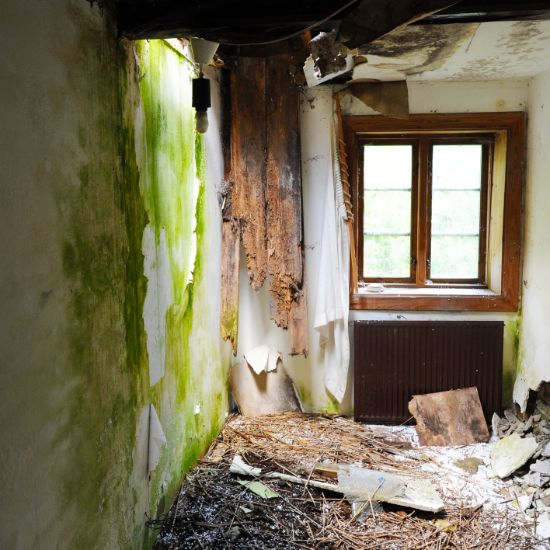Archaeology has been studying architecture as one of the key points of access to the past since the very birth of the discipline, assuming a central position in archaeological endeavours to understand the past,
Archaeology has used built environments as proxies for economic development, technical competence and social evolution. In its most iconic expression, architectural form has been seen as a token of stages in an evolutionary process of civilization, for instance interpreting round features and huts as marking an architectural precursor to rectangular buildings (e.g. Bradley 2012; Flannery 2002; Saidel 1993). Moreover, architecture has been approached as a concrete expression of power, hierarchy and social relations as a form of material culture that is closely associated with identity, order and politics (Goring-Morris and Belfer-Cohen 2013; Jamieson 2002; Parker Pearson and Richards 1994). This has also led to much work on identifying the discrete functional role of architecture, e.g. as palatial architecture, workers’ accommodation, hunting stations, summer camps, temples, mortuary architecture and fortifications.
Other approaches to architecture, however, argue that despite the stability of certain aspects of the built environment – and the longevity of ‘house types’ – ways of inhabiting architecture can vary markedly and require a profound grasp of the temporality of building and dwelling. In this perspective, the built environment is merely the exterior around a volatile and dynamic social life. This means that ephemeral activities, sentiments and atmospheres account for what the building is just as much as the physical shell. Architecture, inhabitants, materials and artefacts, and the practices taking place within a settlement or a building, emerge as indispensable parts of a larger whole, that is continuously coming into being. Douglas Bailey and Lesley McFadyen (2010) thus argue that buildings should be considered not as fixed crystallisations of ideas, but as building practices; i.e. ongoing activities of different speeds that redirect our attention from understanding architecture as a product to seeing it as process. They argue that buildings' processes can be discontinuous, episodic and disruptive, and not necessarily continuous leading up to a ‘final’ form.
This seminar aims to explore archaeological approaches to architecture understood in the widest sense of the word, including place-making, built environments, landscapes and urban spaces. The objective is to allow the participants to explore the nature of architecture and the many roles building and built environments have assumed in archaeology; as a source of archaeological information, as social catalysts, symbolic spaces and seats of negotiation of power and identity, and as unfinished form, as affective agents and producers of atmospheric co-presence of humans and non-humans.
The course invites the scrutiny of a number of questions fundamental to architecture and building, such as:
- Why do human beings build?
- What does it mean to dwell?
- How do our interpretations of archaeological remains of architecture change if we view buildings as emergent rather than static?
- How can archaeology consider the relationality between people and their built environments? In what ways can we discuss the interplay between inhabitants and architecture in archaeological structures?
- How can archaeology consider affective and sensuous experiences of buildings and landscapes?
Course Work
The course will consist of both seminars and lectures. Before the course starts, each PhD student will prepare a paper for pre-circulation, addressing her or his research project in relation to the course theme. In the course seminars, each paper will be allotted ca. 45 minutes, beginning with the student presenting a 15-minute summary of its contents. One of the other PhD students will be selected in advance as a discussant and comment for about 10 minutes, after which she or he will then chair an open discussion on the paper for approximately 20 minutes.
Lecturers

- Marianne Hem Eriksen, University of Oslo
- Lesley McFadyen, Birkbeck University of London
- Oliver Harris, University of Leicester
- Tim Flohr Sørensen, University of Copenhagen
The participating lecturers will each give a lecture during the course, as well as participating as prime movers in the discussion of PhD presentations. The seminar days will be structured with adequate time for spin-off debates and networking opportunities in mind.
Credits
1 month or 7 ECTS
Location, Travel and Costs
The Graduate School will finance and arrange travel and accommodation, and supply a daily allowance during the seminar for all participating PhD students who are part of the Dialogues With the Past Network. Two and two PhD students will share a room.
Registration
The Graduate school invites all registered PhD students to apply for participation. Please follow this link to apply for the course (in English only). From these applications, c. 15 PhD students will be admitted to the course.
For more information, please contact: dial-past@iakh.uio.no
Important Dates
Application for participation: November 11, 2019. Confirmation on your participation will be sent out shortly after this date.
Submission of working papers (10 pages, Times New Roman 12, Spacing 1,5): January 15, 2020
Appointment of discussants: February 3, 2020

